I’ve come to think of blue as the color of nuance. It soothes but also sharpens.
I have distinct memories of blue growing up: smudged ink on birthday cards, limbs or textures in my grandmother’s paintings, an emblem of the first subway line I rode when I moved to New York, and most notably, teasing my father for wearing the color almost exclusively. But I understand now how much of an armor blue became for him over the years—uniform in practice when everything was thrown into chaos beneath the surface. In this way, we are cut from the same cloth. As an adult, blue has also become my go-to color. It doesn’t ask me to button up. It’s shapeless, timeless. I can show up as myself in its presence.
Oh, how it’s present—in views outside of frosted window panes, in the threads of sweaters with product names like “Winter Skies,” which are crafted in show-stopping shades of cobalt, navy, and steel. Then there is the less visible but equally powerful blueness that emerges in early winter—an apt image for unimaginable sadness and fear, especially in our volatile political climate.
But what if, despite the state of the world, blue could inspire something else? A cool contentment around the darker days and colder temperatures.
Lately, I’ve wondered how it would have felt to explore color (read: this color) in Slowing—in the context of time and pace. I probably wouldn’t have known where to begin because everything during that time adopted a muted palette I hadn’t yet learned how to work with. That’s the thing about writing (and living): We may have the words, but they only gain color when we begin to get comfortable with gray area.
From my essay “Winter:”
“As winter stretches across an ending and a beginning, I’m unsure of how to orient myself in time. But somehow, each year, I fashion myself into someone who knows a thing or two about the world.”
Here is what I know for sure: things make sense to me in visuals just as much as language—and others have better recognized/utilized blue on the page. Take Maggie Nelson’s Bluets:
“Suppose I were to begin by saying I had fallen in love with a color. Suppose I were to speak this as though it were a confession; suppose I shredded my napkin as we spoke. It began slowly. An appreciation, an affinity. Then, one day, it became more serious. Then (looking into an empty teacup, its bottom stained with thin brown excrement coiled into the shape of a seahorse) it became somehow personal. And so I fell in love with a color—in this case, the color blue—as if falling under a spell, a spell I fought to stay under and get out from under, in turns.”
Or Joan Didion’s introduction to Blue Nights:
“You pass a window, you walk to Central Park; you find yourself swimming in the color blue: the actual light is blue, and over the course of an hour or so this blue deepens, becomes more intense even as it darkens and fades … During the blue nights you think the end of day will never come. As the blue nights draw to a close (and they will, and they do) you experience an actual chill, an apprehension of illness, at the moment you first notice: the blue light is going, the days are already shortening…”
There is a pulse in these sentences—tangible threads like the ones that make up the clothing that inspired this slow story. A stylish tapestry of experience and consciousness.
Between my essays and interviews, Slowing is woven of collective experience and attention paid to life’s ordinary moments. For that reason, none of it may be revolutionary, but I think that’s why it’s resonant. Familiarity isn’t (always) a failure of imagination; it’s a reminder that we’re not alone. Perhaps that’s why I’m now most drawn to blue: its abundance. We are in community with this primary color. It remains in the sky, in the ink of our pens, in our wardrobes, on our minds, in our hearts. It’s a familiar feeling. An old story. A tried and true palette—at once the hardest to ignore and easiest to understand.
From Slowing’s Design Diary:
“I thought about the colors that often make up my day: a bright morning sun, golden yellow—sometimes blinding or quietly emerging from a wall of clouds. An afternoon walk in Prospect Park, where greenery abounds … Then, that blue sky—expansive and universal, up until it gives way to the blue hours of the evening, a bruised palette representative of a hard day or a hard day’s work.”
Styling SLOWING
Style and storytelling have always been anchors for me, both personally and professionally. The former was once a louder, outward vehicle for self-expression (and, if I’m being honest, status) but has morphed into something quieter—somewhere between meditation and distraction.
Styling Slowing
In August, I shared a personal style edit inspired by the colors of Slowing’s cover. (So much care and intention went into the book’s palette; you can revisit the design diary here.) Today marks the final installment of the series. From the practical to the whimsical, here are some pieces I’m wearing and eyeing—inspired by Slowing’s third section, “End.”
Styling SLOWING (Part II)
In Slowing, beginnings range from new ideas to fresh starts. Off the page, I recognize them in everyday textures and hues: golden light, crisp fall leaves, the most buttery part of a croissant—and a pop of color that brings an outfit (and my day) to life.
End
Follow me on Instagram, and you’ll notice that blue is often the beginning and end of my uniform—a core staple or the finishing touch to an outfit. But it also goes deeper than aesthetics.
If you’ve listened to Slow Stories’s podcast, you may recall my comment about associating books with certain times of the day. I haven’t been able to do that as easily with Slowing—each section in the book embodies the full spectrum of time and place. Open to “End,” and you’ll be greeted with a deep blue page, hopefully eliciting a deep breath. Read on and discover that endings can be both blue-sky mornings filled with possibility or sapphire nights of remembrance.
On the note of reflection: This week marks three months of Slowing being in the world. It also marks the end of something I can’t quite name. This will likely be the last piece I’ll write about Slowing for a while. I’m blue with feeling and ready for the next chapter. As I write in the book (from the essay “Dreams: On Endings”): Nothing lasts forever: not a dream, not a job, not a story.
Endings, like all things, are what you make of them—in life and style.
SWEATERS & TOPS
babaà Jumper No 17 in Winter Skies - Caron Callahan Lewiston Sweater - Cawley British Dry Oilskin Alma Mac in Weathered Marine - Donni Quilted Coat in Navy - Modern Citizen Eloise Button Cable Cardigan - Sézane Betty Cardigan in Navy Crochet - Sézane Will Jacket in Navy - TOAST Front Pocket Soft Indigo Twill Shirt
PANTS & DRESSES
Jamie Haller Baggy Painter Jean - Shaina Mote Boy Trouser in Navy
SHOES & ACCESSORIES
Aperçu LE CARRÉ in Marine - Book/Shop Cap in Navy - Catbird x Laufey Like a Lune Bunny Charm in Silver - Comme Si Cashmere Sock in Navy - Jenny Bird Dylan Ear Cover - Le Bon Shoppe Blue Cashmere Bandana - Levens Jewels Blue Lagrima Earrings - Loeffler Randall Leonie Navy Leather Ballet Flat - Library Science Namesake Hat - Sandy Liang Kady Balaclava in Navy - Virginia Sin Flower Cap - Workaday Blue Short Mug
For Your Next Chapter
If you enjoyed this Slowing diary, check out the previous installments…
Spine
We are encouraged to meet the moment—to face our fears, to grow a spine. But throughout this process, I’ve learned creative courage is a part of our anatomy: We all carry it differently, just like stress and anxiety. We strengthen muscles. We build routines and practices. We tend to ailments. We manage expectations. We acknowledge our differences. We find a way to turn growing pains into pathways for growth.
SLOWING: On Structure
What should a day, a schedule, a life—or, in this case, a story—look like? What gives it a solid foundation? How do you know it’s moving in the right direction? Where does it begin and end? What is a beginning, a middle, and an end? The latter was a central question I considered when organizing the stories in Slowing.
SLOWING: Punch and Roll
The studio where I recorded Slowing’s forthcoming audiobook is situated inside a high-rise building I hadn’t realized I’d visited before until seeing it again from the street. My eyes traveled the distance from gummy concrete to storefronts filled with “I <3 NY” merchandise toward office windows all the way to the sign for the renowned dance apparel shop I frequented in my youth.
SLOWING: On Prompts
I didn’t initially set out to write a book that could be considered self-help, but in addition to sharing my (slow) stories—and the stories of those I interviewed—I wanted to include an element that could help readers find or rewrite their own.
SLOWING: On Interviews
Questions and answers are the bedrock of our lives. We ask for information, meaning, connection. We respond with what we have available to us—whether it’s a long story or a small shrug. To me, the practice of interviewing embodies the adage it’s about the journey, not the destination.
SLOWING: A Color Story
For the purposes of this design diary, I keep coming back to color. I wondered what palette would make the most sense to convey Slowing’s pillars—time, pace, and creativity—without leaning too heavily into certain wellness trends.
Meet SLOWING
I knew Slow Stories would force me to confront unresolved feelings. I knew it would be the thing I wrote before writing anything else. I learned that things can change when you least expect it, and as a result, you change, too. Slow stories can evolve, and new chapters emerge.
LIGHT-YEAR
Most stories I included took place from childhood to my late twenties, and as I wrote about these milestones, I felt I was approaching a wall off the page. I (of course) had life experiences beyond that period, but they had rarely coalesced into memories that would remain stuck between tissues and bones. Things that would hold on to me just as much as I would to them.








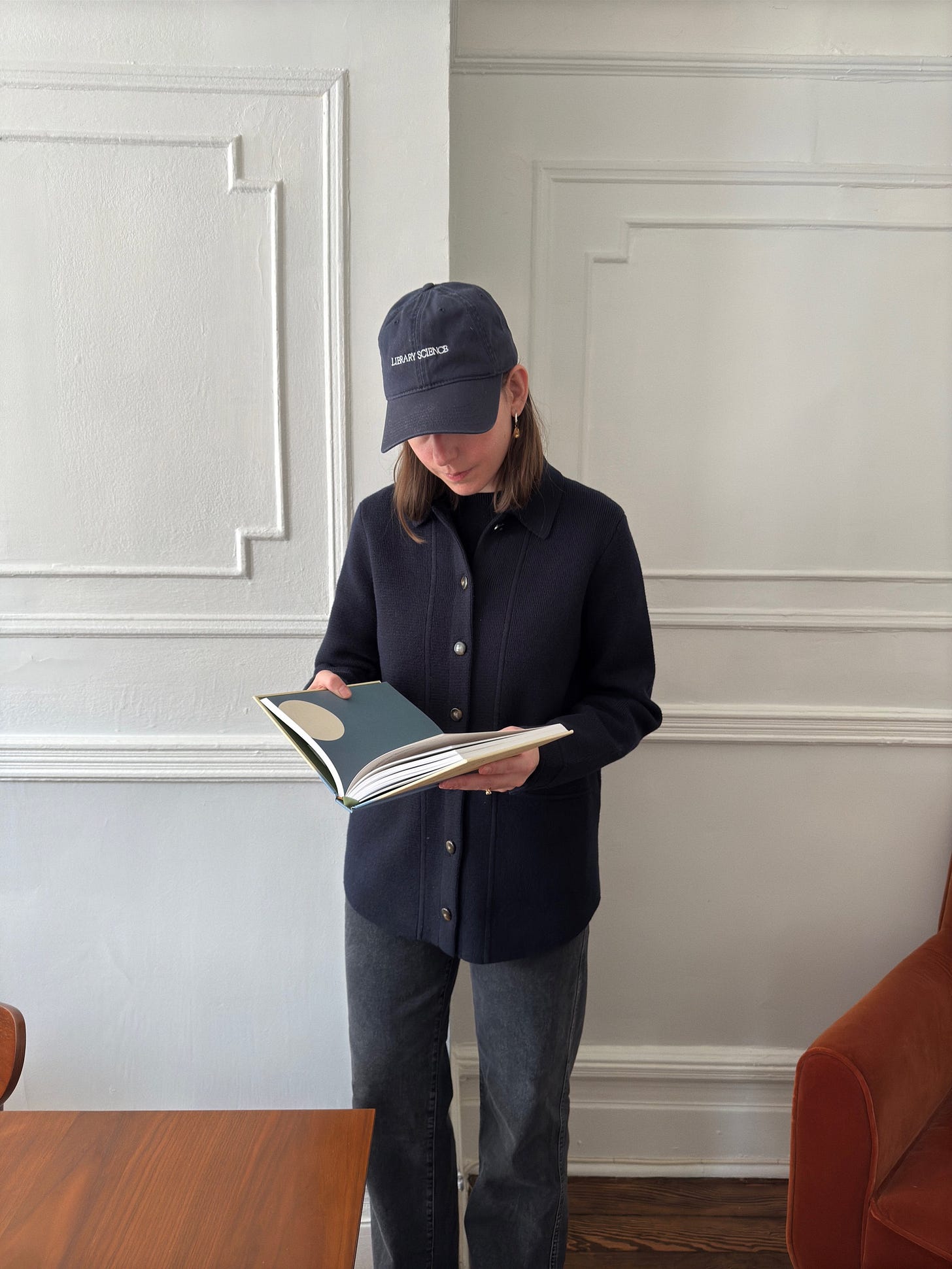

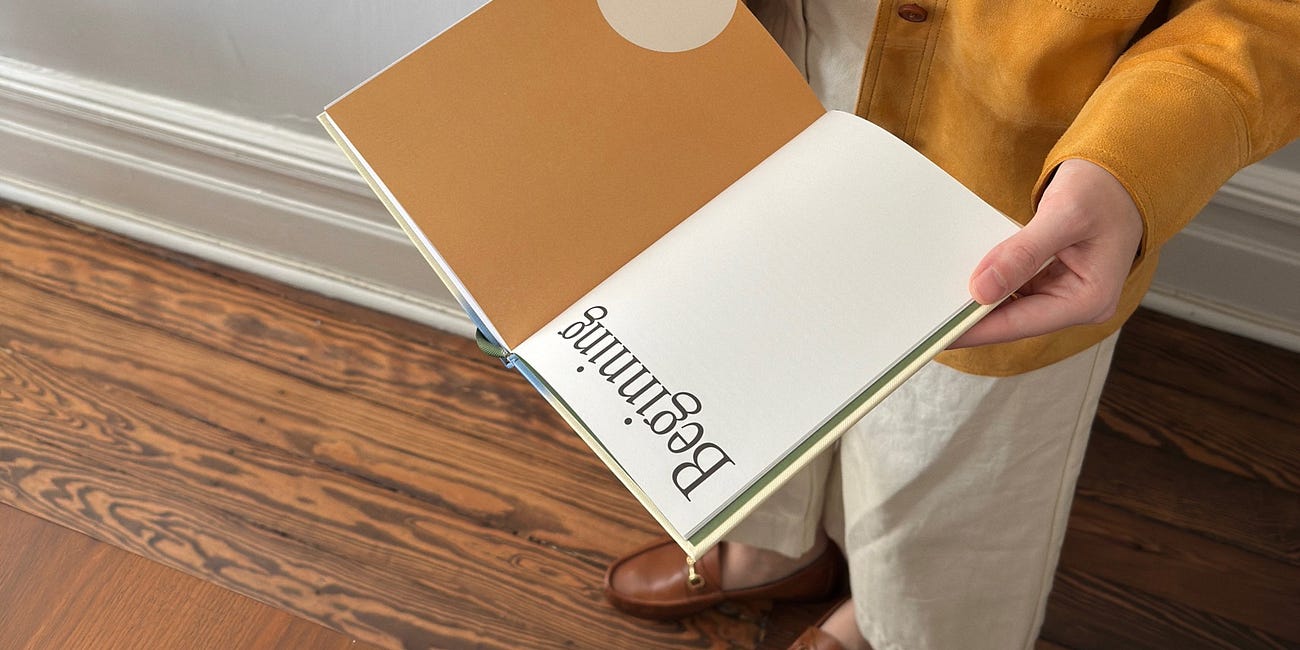
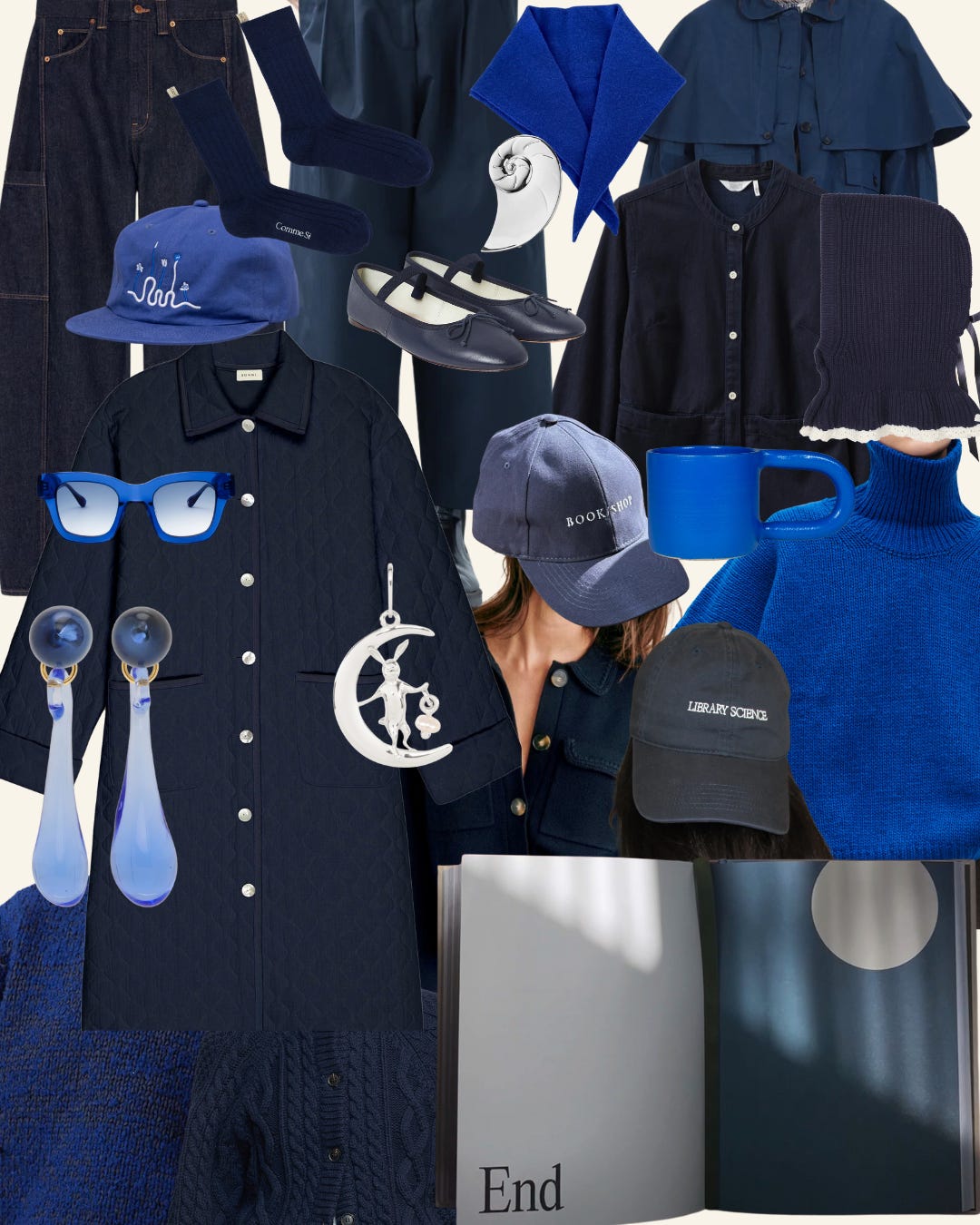
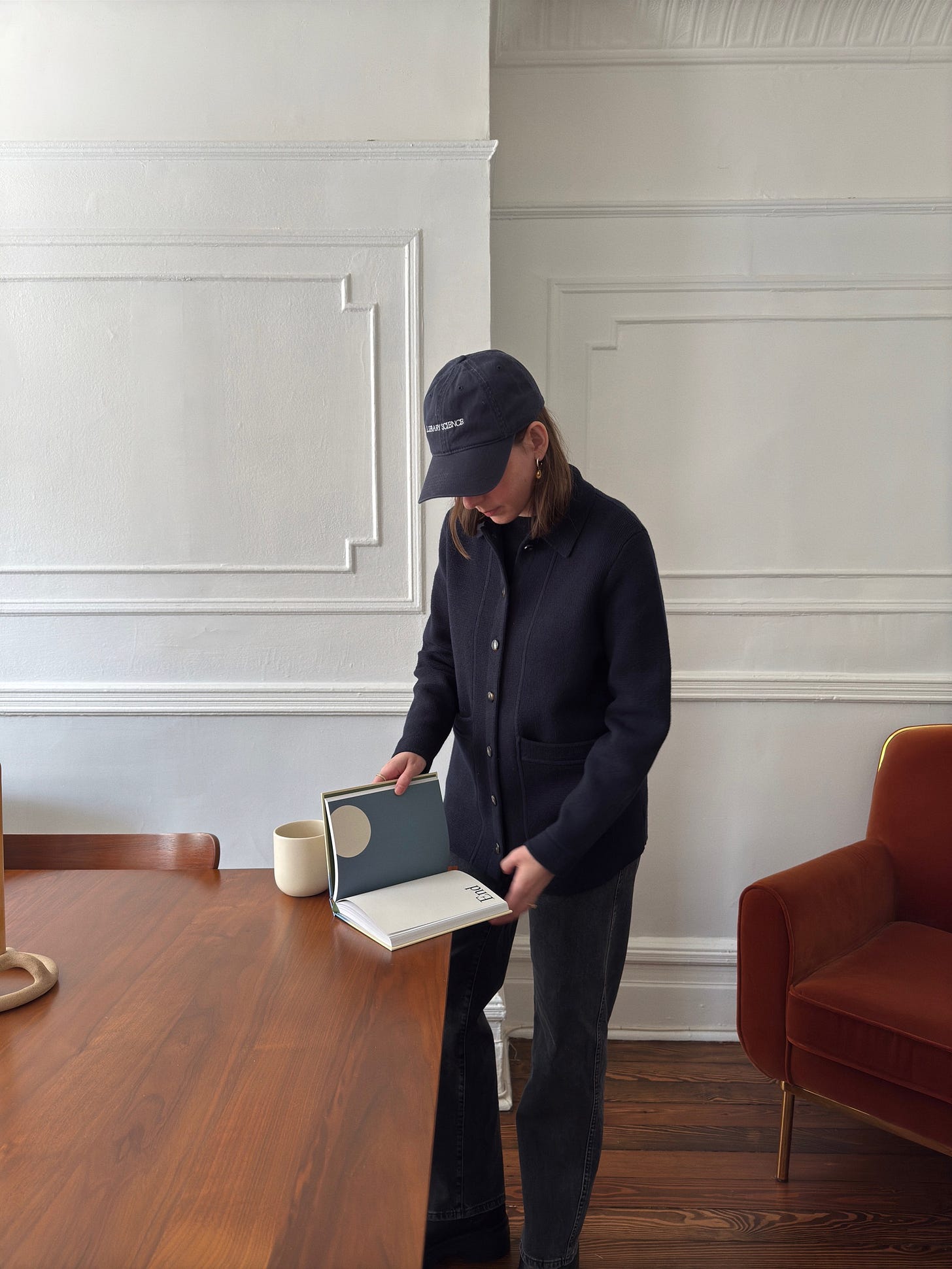


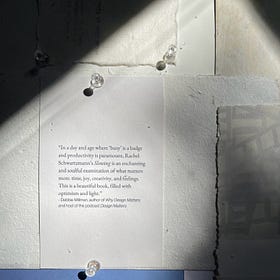

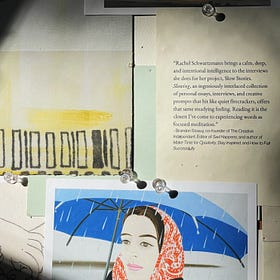



Oh I loved reading this! Always inspired by your -slow - words
Blue has been so present for me lately. The sky just looks richer. I look at it and know everything will be okay. 🩵